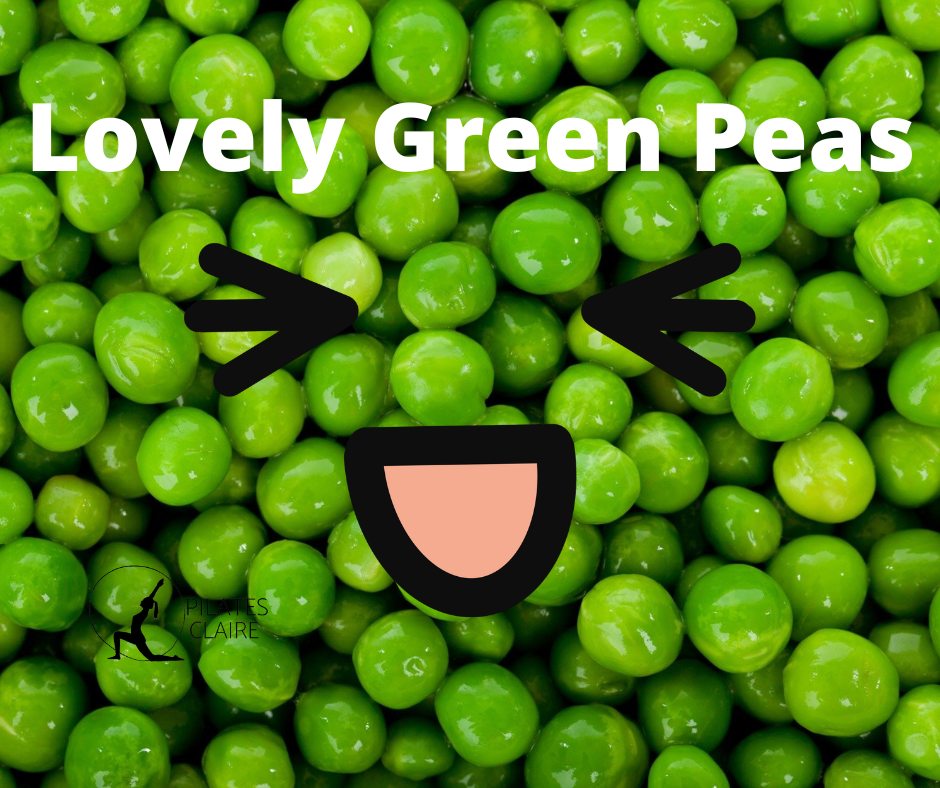What is peas nutrition?
Most people eat green peas or ‘garden peas’ and they have been part of the human diet for hundreds of years. Out of all the peas, they are the most frequently eaten.
Peas contain carbs , protein , fibre, Vitamin A & K amongst other nutrients.
Interesting fact for you, peas are actually a legume, as they are plants that produce pods with seeds inside. Other well known legumes are chickpeas, lentils and beans.
Green peas are nearly always referred to as a vegetable – they are sold as such and so we’ll refer to them as that. You can buy them frozen, canned or fresh.
And there are different varieties of peas like black-eyed , yellow & purple.
Snap peas & snow peas are often confused with green peas because they look alike , however they differ in thier flavour & the nutrients they contain.
Peas are high in complex carbs, they are considered a starchy vegetable like potatoes, corn & squash.
All about Peas nutrition
Green peas are pretty low in calories, 1/2 cup is about 67 calories.
A 1/2 cup (80gms) serving gives you;
- 67 Calories
- 12.5gms Carbs
- 4.4gms Fibre
- 4.3gms Protein
- 18% of Recommended Daily Amount (RDA) of Manganese
- 17% RDA of Thiamine
- 17% RDA of Vitamin K
- 12.6% RDA Vitamin C
- 12.6 % RDA Folate
- 3.6% RDA Vitmain A
- Low Glycemic rating of 22
- Rich in polyphenol antioxidants
RDA – recommended daily amount
Benefits of peas nutrition
Here’s some great heathly tips around eating & wellness
Green peas are one of the best plant based protein sources.
They are low on the GI scale, as well as being rich in fibre & containing protein, which can help to regulate blood sugar as part of a healthy, balanced diet.
The fibre in peas may help digestion, as it feeds the good bacteria in your intestines, which helps keep them healthy.
Green peas contain insoluble fibre, this type of fibre acts as a ‘bulking agent,’meaning that it adds more weight to your stool and can help your food & waste go more quickly through your digestive system.
They may benefit your heart health, as they have a good amount of minerals, such as magnesium, potassium & calcium, which may help prevent high blood presure.
Green peas contain antioxidants, flavnonols, carotenoids & vitamin C , which may help reduce the risk of heart disease & stroke, due to them preventing damage to cells.
However green peas also contain antinutrients, here are the main ones;
Phytic acid – can interfere with the absorbtion of minerals like iron, calcium & magnesium
Lectins – can cause bloating & gas and affect nutrient absorbtion.
To offset these, keep your portion sizes to about 1/2 a cup at a time. You can soak & ferment them which helps reduce the amount of antinutrients & always eat them fully cooked.
Ways to ‘get more’ peas nutrition
1.The most obvious is to add your peas as a side dish to your protein source. Or mix them with other cooked veg like brocoli & green beans, squeeze lemon juice over.
2. Add to rice or risotto
3. Make gucamole with green peas instead of avocado
4.Add to your veg in your friattarta
5.Mix with feta & quinoa for salads, or spring rolls
6.Make pea & mint or pea & potato soup
7.Make a mint, pea & chilli dip
8.Add to potato salad with pancetta or bacon
There’s lots of choices, so your peas don’t just have to be a side dish.
Claire x
